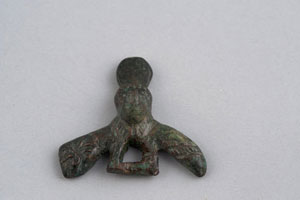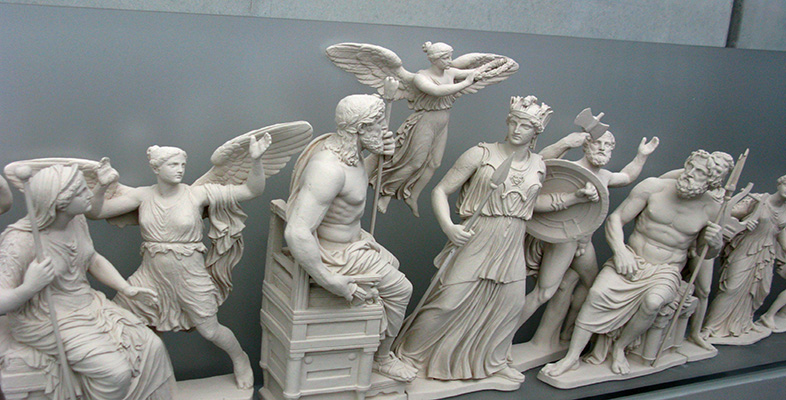3 ‘Cultural scripts’
In many ways, the body is an unusual subject. We all have bodies, and biologically and physiologically they are more or less the same as the bodies of ancient Greeks and Romans, so anything to do with bodies is always going to be very familiar and personal to us. At the same time, the ancient world involved cultures that were in many ways different from our own. Engaging with ancient bodies draws into contrast something that is true of all studies of the ancient world: the constant tension between familiarity and distance. Historically, western culture has identified very strongly with the Graeco-Roman world. It is often seen as the ancestor of our own western culture, and has been appropriated as the origin of much that is familiar to us now, including science, philosophy, democracy, art and architecture, poetry and drama. But other aspects of the classical world have not been greeted with the same enthusiasm. From polytheism and animal sacrifice to gladiatorial combat, and from infanticide to slavery, some features of Greek and Roman society have come to be regarded as alien, and if we choose to focus on these then the Greeks and Romans may look to the modern viewer more like a dangerous ‘Other’ than our honoured ancestors (Cartledge, 1993).
It is important, then, to maintain an objective standpoint on all matters concerning the Graeco-Roman world. The societies of Greece and Rome must be seen as cultures in their own right, with their own systems of beliefs, values and ideas influencing the way they did things. In this way we can see the cultural beliefs and practices behind the things we do with our bodies as ‘cultural scripts’. This is a term that comes from linguistics and has a very specific meaning in that discipline, but here we mean something very similar to Bourdieu’s ‘habitus’. However, it is different in the sense that it can be conscious as opposed to simply an automatic way of doing things that we take for granted. It is important to be aware of habitus or cultural scripts when looking at the body, as beliefs and ideas have an especially profound effect on what humans do with their bodies. For example, in ancient Rome, mosaics of phalluses could sometimes be found at the entrance to Roman buildings and children often wore amulets in the shape of phalluses around their necks. The cultural script underlying this is that phallic symbols were thought to ward off evil. In a modern context this would be considered obscene in the case of the entrance decoration and inappropriate in the case of the children. This is not because we have more respectable house entrances or a more protective attitude to our children, but because we have a different cultural script underlying our use of the phallic symbol.

Finding out more
When we see the stately marble statues of Romans and Greeks, it is hard to imagine that obscenity in many ways played a more central and acceptable role in many forms of public life than it does for us today. For a humorous (and somewhat adult-themed – beware!) insight into this, listen to the audio ‘The art of insult’.
(please note that this audio contains language that some students may find offensive)
